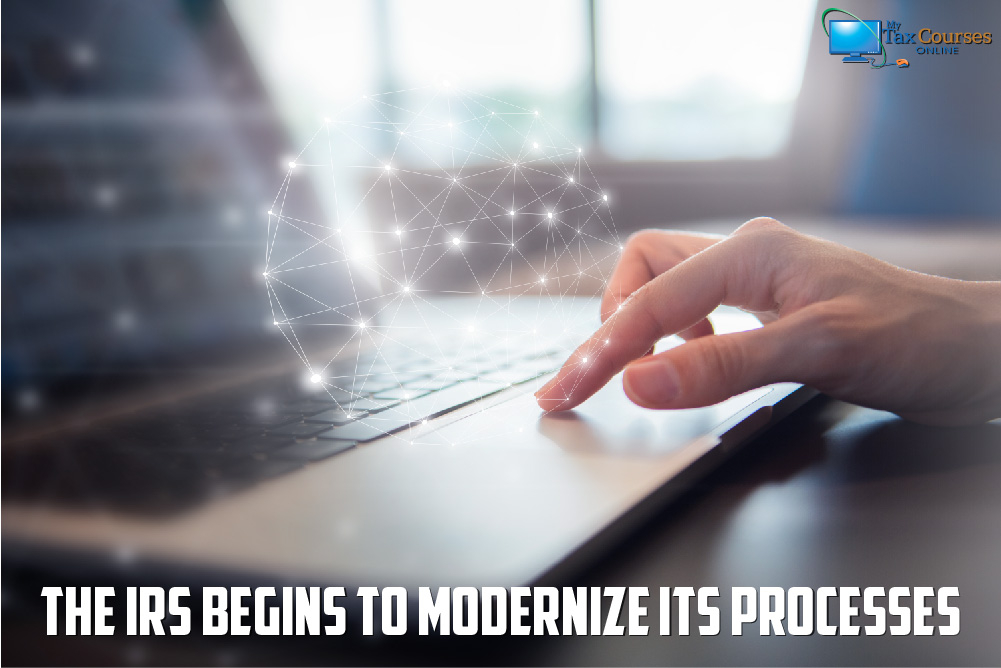For decades, taxpayers and tax preparers alike have joked that the acronym for the Internal Revenue Service actually stands for “Is Really Slow.” But the IRS is looking to change both this long-held perception and the reality—that many taxpayers seeking advice or disputing an assessment will wait on hold for an hour or more before they’re connected to an IRS representative.
Some of the options the IRS is exploring to reduce wait times and increase responsiveness include:
- Beefing up their hiring and training processes to add more tax experts to their staff;
- Testing alternative means of communication between IRS representatives and taxpayers, including text messages and secure emails; and
- Using WebEx video conferencing as an alternative to face-to-face meetings in income tax appeal cases.
Because of the highly sensitive nature of the information exchanged in the income tax process, as well as the clear need for a "paper trail" to ensure transparency in communication, the IRS has long stuck to the mantra that all its official business should be conducted via certified letter or an in-person conference. But in today's increasingly busy world, these ways of doing business are quickly becoming outdated; and with cuts in staff at the IRS, there are simply no longer enough workers to handle the many questions and concerns that arise.
By permitting confidential documents to be exchanged by secure email, rather than mail, the IRS can shave weeks off the appeals and audit process. And by moving toward a video conferencing system to be used in tax appeals, it will be easier than ever for taxpayers to successfully advocate for themselves without having to travel to an IRS office.
Taxpayers and tax preparers alike should be able to take advantage of these (as yet) experimental changes during the 2019 tax season.








